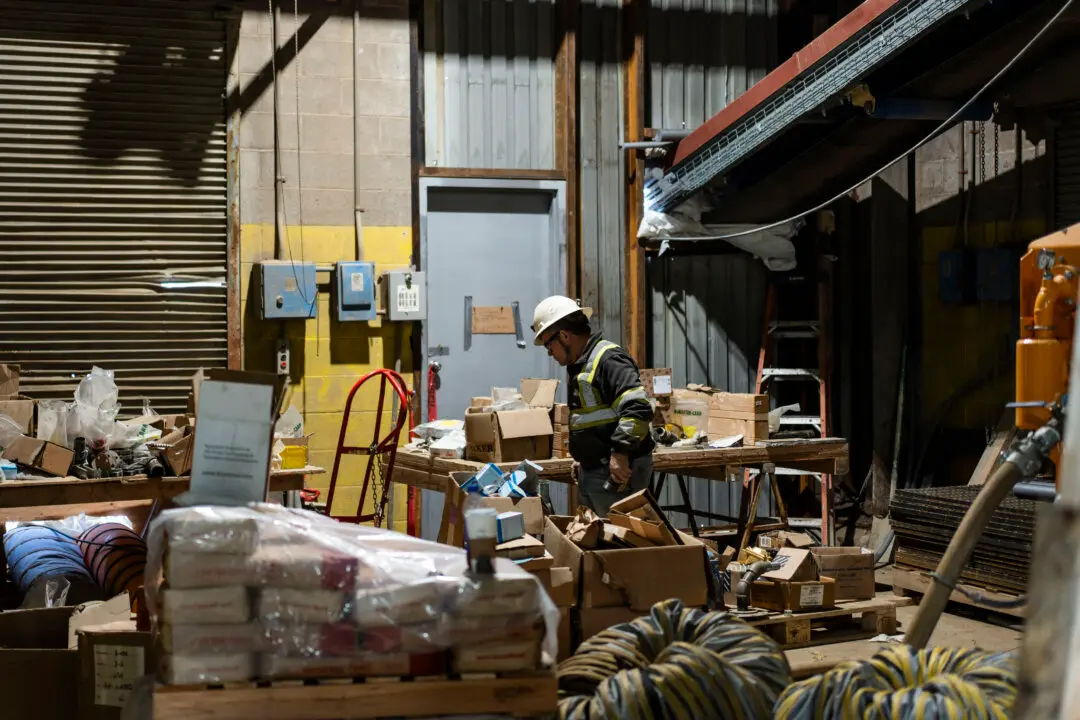A record-high share of Americans have told polling firm Gallup that they’re experiencing hardship from inflation that is so severe that it’s impairing their ability to maintain their current standard of living.
Gallup’s most recent poll on the duress of inflation felt by American families showed that a majority (55 percent) said in November that rising prices have caused them some financial hardship, though not enough to jeopardize their living conditions.





